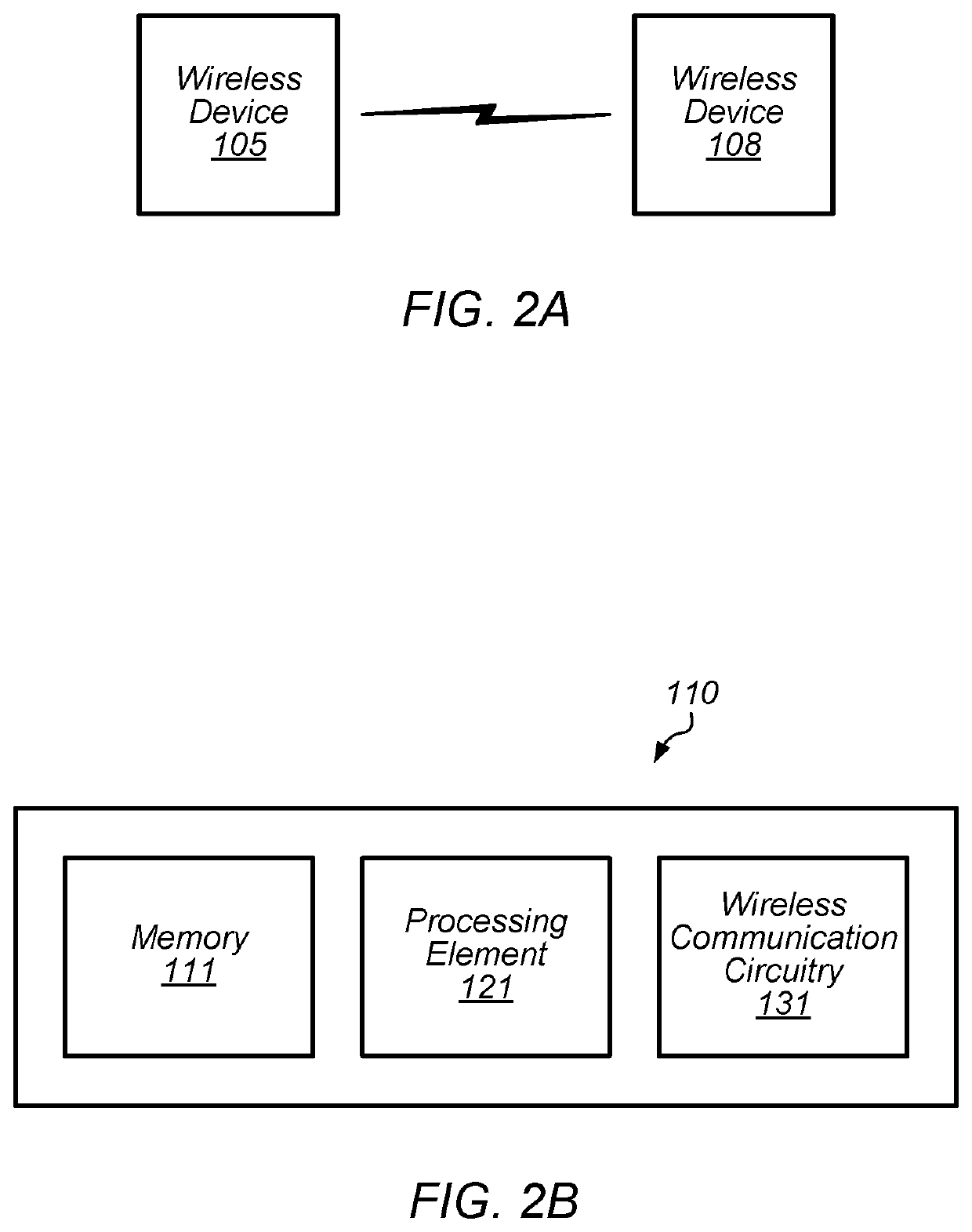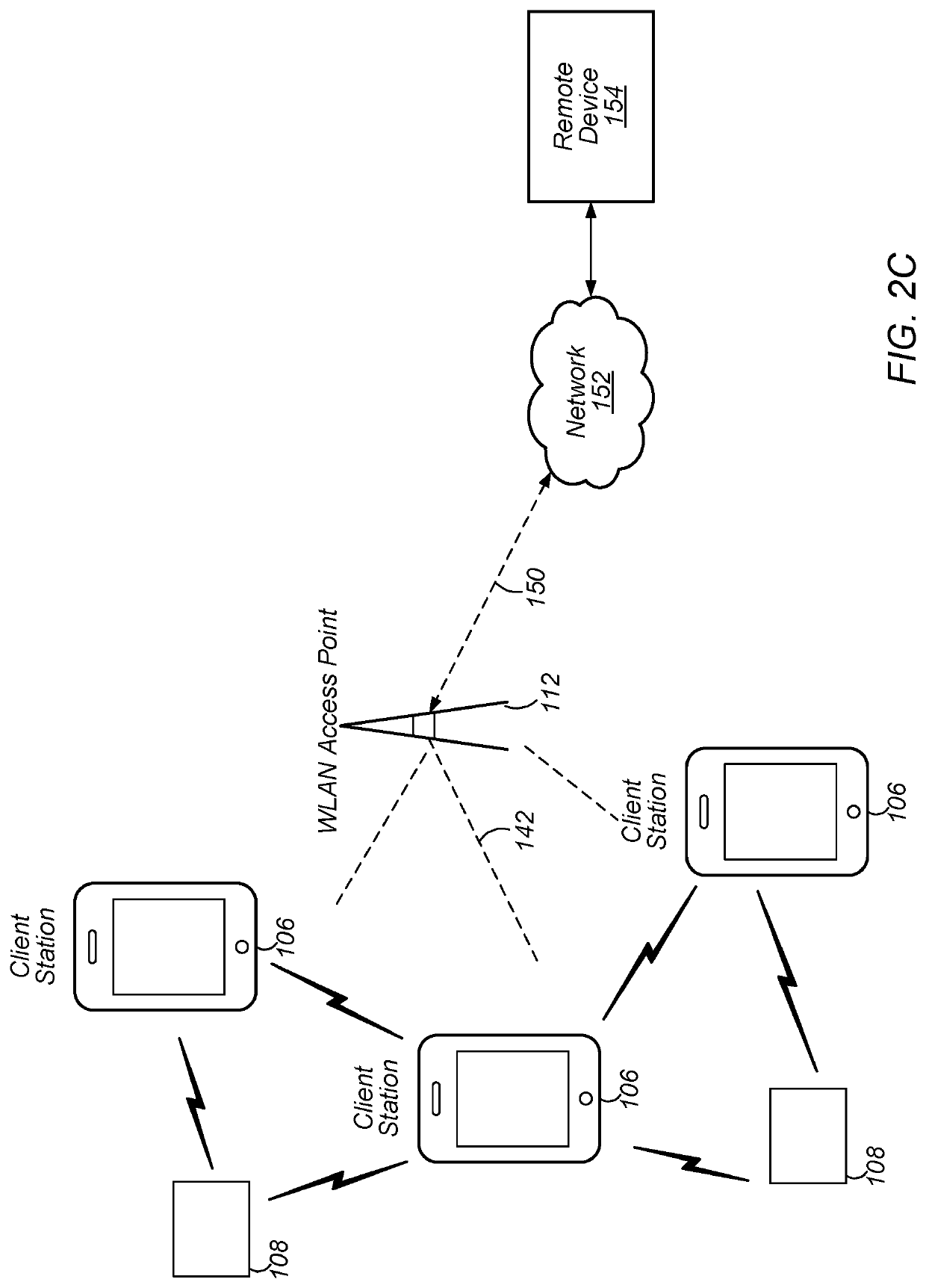Multi-Interface Transponder Device - Altering Power Modes
a radio frequency transponder and multi-interface technology, applied in the field of wireless communication, can solve the problems of requiring a considerable amount of power to communicate with a positional tag outside of near field communication, and the disadvantages of traditional positional tags (or tracking devices) and corresponding systems, and achieve the effect of reducing the cost of communication and improving the reliability of communication
- Summary
- Abstract
- Description
- Claims
- Application Information
AI Technical Summary
Benefits of technology
Problems solved by technology
Method used
Image
Examples
Embodiment Construction
Acronyms
[0029]Various acronyms are used throughout the present application. Definitions of the most prominently used acronyms that may appear throughout the present application are provided below:
[0030]UE: User Equipment
[0031]AP: Access Point
[0032]TX: Transmission / Transmit
[0033]RX: Reception / Receive
[0034]WURx: Wake up to receiver
[0035]UWB: Ultra-wideband
[0036]BT / BLE: BLUETOOTH™ / BLUETOOTH™ Low Energy
[0037]LP / ULP: Low power / ultra-low power communications
[0038]LAN: Local Area Network
[0039]WLAN: Wireless LAN
[0040]RAT: Radio Access Technology
[0041]TTL: time to live
[0042]SU: Single user
[0043]MU: Multi user
Terminology
[0044]The following is a glossary of terms used in this disclosure:
[0045]Memory Medium—Any of various types of non-transitory memory devices or storage devices. The term “memory medium” is intended to include an installation medium, e.g., a CD-ROM, floppy disks, or tape device; a computer system memory or random-access memory such as DRAM, DDR RAM, SRAM, EDO RAM, Rambus RAM, e...
PUM
 Login to View More
Login to View More Abstract
Description
Claims
Application Information
 Login to View More
Login to View More - R&D
- Intellectual Property
- Life Sciences
- Materials
- Tech Scout
- Unparalleled Data Quality
- Higher Quality Content
- 60% Fewer Hallucinations
Browse by: Latest US Patents, China's latest patents, Technical Efficacy Thesaurus, Application Domain, Technology Topic, Popular Technical Reports.
© 2025 PatSnap. All rights reserved.Legal|Privacy policy|Modern Slavery Act Transparency Statement|Sitemap|About US| Contact US: help@patsnap.com



